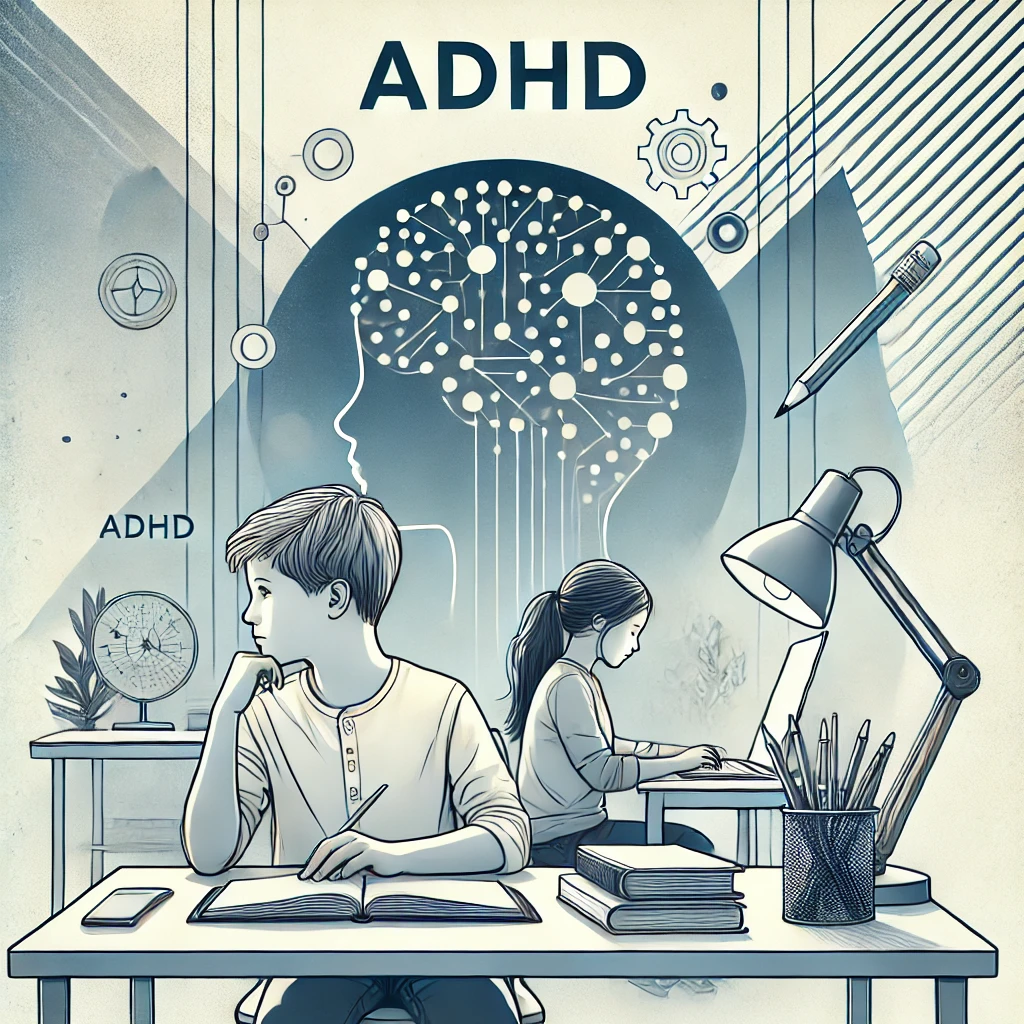
Have you ever walked out of a doctor’s appointment with a sense of unease? Over the next couple of days, you realise that you didn’t get a chance to tell your doctor an important part of your medical history or to ask that question that’s been worrying you. You feel frustrated that you didn’t use the precious face-to-face time as effectively as you could have. Doctors are busy and appointments are expensive. You feel dissatisfied with the interaction.
Research over the past 30 years shows that many of us have experienced this sense of unease, so where does the fault lie? Are we, as patients, poor communicators? Are doctors just bad listeners? Why don’t we get to tell our story?
Most doctors are wonderful healers, but the health systems in which they find themselves often mean they simply don’t have the time to listen to us as intently as we’d like. Time is money, patients are many (and don’t like to wait) and while funders don’t like paying for extended consultations, they also don’t allow doctors to bill for ‘talk-and-listen’ time. Our current systems regard healing as a one-sided process: the doctor will figure out the problem and prescribe the treatment. To get better, all the patient has to do is follow their instructions.
MediComm would like to suggest an alternative approach.
Consciously and carefully listening to patients, allowing us to tell our full story, may not only result in happier, healthier patients and lower medical costs, but may also give the doctors themselves a valuable opportunity: to realise they can bring healing through the power of understanding and communication, not just through medication and procedures.
What the research shows
Of course, there are swathes of skilled medical practitioners who do listen intently, who do take the time to hear us, watch us, understand us, receive and interpret the diagnostic clues that we give them and then effectively communicate with us. We salute each and every one of you, and all the healing you guide us through.
But research suggests that many doctors do not listen as patiently as they should. Back in 1984, Beckman and Frankel released some fascinating data after recording and analysing 74 patient-doctor primary care consults at the outset of a clinical encounter:
- Only 23% of patients were allowed to complete their opening statement.
- In 69% of the visits, doctors interrupted the patient and redirected questions to one specific concern.
- Of this 69%, only one patient was later allowed to return to their initial statement and finish voicing their concerns.
- During six return visits analysed (8%), there was no solicitation of patient concern at all.
Fifteen years later, in 1999, Marvel et al. analysed 264 patient-doctor primary care consults with similar results:
- In 72% of the visits, patients were not allowed to complete their initial statement of concern before their doctor interrupted them.
- On average, doctors listened for only 23 seconds before interrupting.
- Surprisingly, the 28% of patients who were allowed to finish their initial statements only spoke for an average of six seconds longer than those who had been interrupted.
- Only 15% of those who finished their opening statements had late-arising concerns, in contrast to 35% of those who were not allowed to finish.
Marvel concludes, “Complications of incomplete initial descriptions include late-arising concerns and missed opportunities to gather potentially important data. Soliciting the patient’s agenda takes little time and can improve interview efficiency and yield increased data.”
Rhoades et al. analysed 60 patient-doctor primary care consults in 2001:
- These GP-type visits were an average of 11 minutes long, with the patient speaking for four of those minutes.
- On average doctors interrupted their patients within the first 12 seconds.
- Interruptions included verbal disruptions, knocks on the door, beepers and computer use.
- Interruptions resulted in patients having a less favourable view of the consult.
- Early and increased interruptions were associated with patients feeling they should have talked more.
- Third-year residents interrupted patients less often than first-year residents did.
- Female doctors interrupted their patients less often than male doctors did.
- Sadly, both genders interrupted female patients more often than they interrupted male patients.
No wonder we feel uneasy!
Patient satisfaction
High levels of patient satisfaction correlate with patients reporting (a) that their concerns were well understood, and (b) that they’d been able to tell their doctor what they wanted to tell them (Treadway 1983). Similarly, patient satisfaction is negatively correlated with highly directive interview techniques, such as when a doctor frequently interrupts their patient (Lane et al. 1983).
In addition, substantial evidence shows that patient satisfaction is related to the effective flow of patient-to-doctor information early in the consult, followed by effective doctor-to-patient flow later in the consult (Stile, Putnam, Wolf and James 1979; Wolf, Putnam, James and Stiles 1978).
Non-compliance with treatment regimens
Here is the kicker … patient dissatisfaction and non-compliance are clearly related (Ley 1979). In other words, when we leave a consult feeling dissatisfied, we are less likely to do what the doctor has told us to do.
Not only has the doctor missed the opportunity to gain valuable information but they may also have missed the opportunity to help us heal.
In conversations with some of the wonderful doctors we have worked with over the last 25 years, they have argued that sometimes it’s critical to interrupt patients in order to focus on the relevant information so that an accurate diagnosis can be made. They say that there is limited statistical evidence showing the relationship between interruptions and accurate diagnosis.
We concede that, as patients, we do sometimes need to be interrupted and have our focus re-aligned. However, accurate diagnosis is only a small part of the solution. It’s not the doctor’s job to only provide a correct diagnosis; it’s the doctor’s job to walk the journey of illness and treatment with the patient. For this to happen, a strong and trusting relationship and high levels of patient satisfaction are essential.
Where to from here?
In 2011 Abraham Verghese, Professor for the Theory and Practice of Medicine at Stanford University Medical School and Senior Associate Chair of the Department of Internal Medicine, presented an extremely well-received Technology, Entertainment and Design (TED) Talk entitled A Doctor’s Touch. This inspirational talk demonstrates the power of being able to truly see, listen to and connect with a patient.
While doctors can adjust their interview behaviour (read the wonderful blog by Kevin MD, Physician Goes First: A Way to Not Interrupt Patients) and our medical healthcare system should certainly consider comprehensive changes to allow doctors the listening time they need, we believe that we as patients can help steer a medical consultation down the path we need it to go. It’s a three-way partnership, and all stakeholders need to play a role.
Want to avoid those frustrating interruptions? Look out for our next post: How to ensure your doctor sees, hears and understands you!






0 Comments